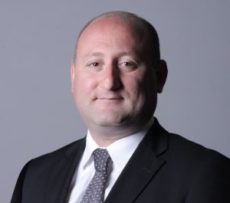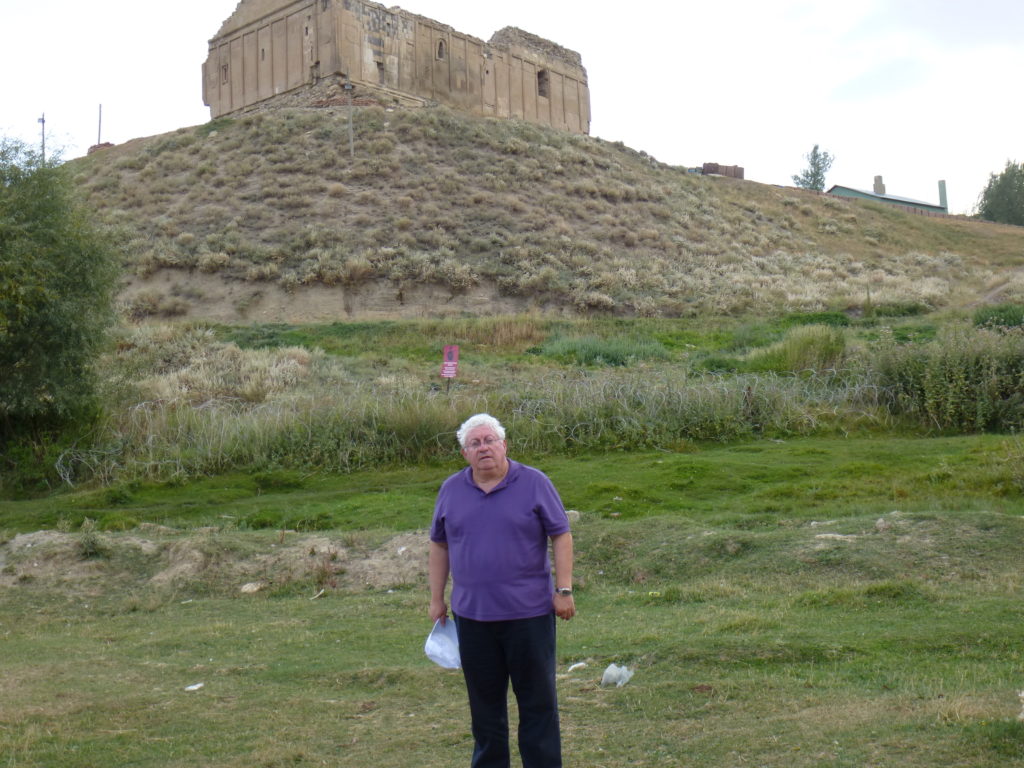Translated from the Armenian
VAN (Vasburagan) — I carried out my oath as a political party member this summer, in full, invoking the spiritual words above.
After entering the ranks of the party, I had sworn to pray on my knees to those Armenagan comrades who were the forerunners (mgrdich) on the Armenian plateau of the Armenian liberation struggle and revolution.
We were proud, we Democrat Liberals, of having descended from the Armenagan organization — and especially our generation, which on the 50th anniversary of the Great Crime swore to remain faithful to the creed of our past, believing in the constructive force of our people and the great historical mission reserved to it. We joined the ranks of the Democrat Liberal Party (ADL) with unshakeable optimism, believing that the just solution of our land case and the movement for repatriation would without a doubt be realized. Finally, our oath was through nonnegotiable patriotism to aid at least a tiny bit that wonderful goal and the realization of the dream. This is what was passed down to us from our old comrades, the Armenagans.
Those forerunners or mgrdiches were three: Mgrdich Khrimian Hayrig, Mgrdich Portukalian and Mgrdich Terlemezian-Avedisian. It took forty long years for me to be fully able to realize that dream.









